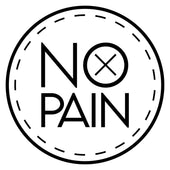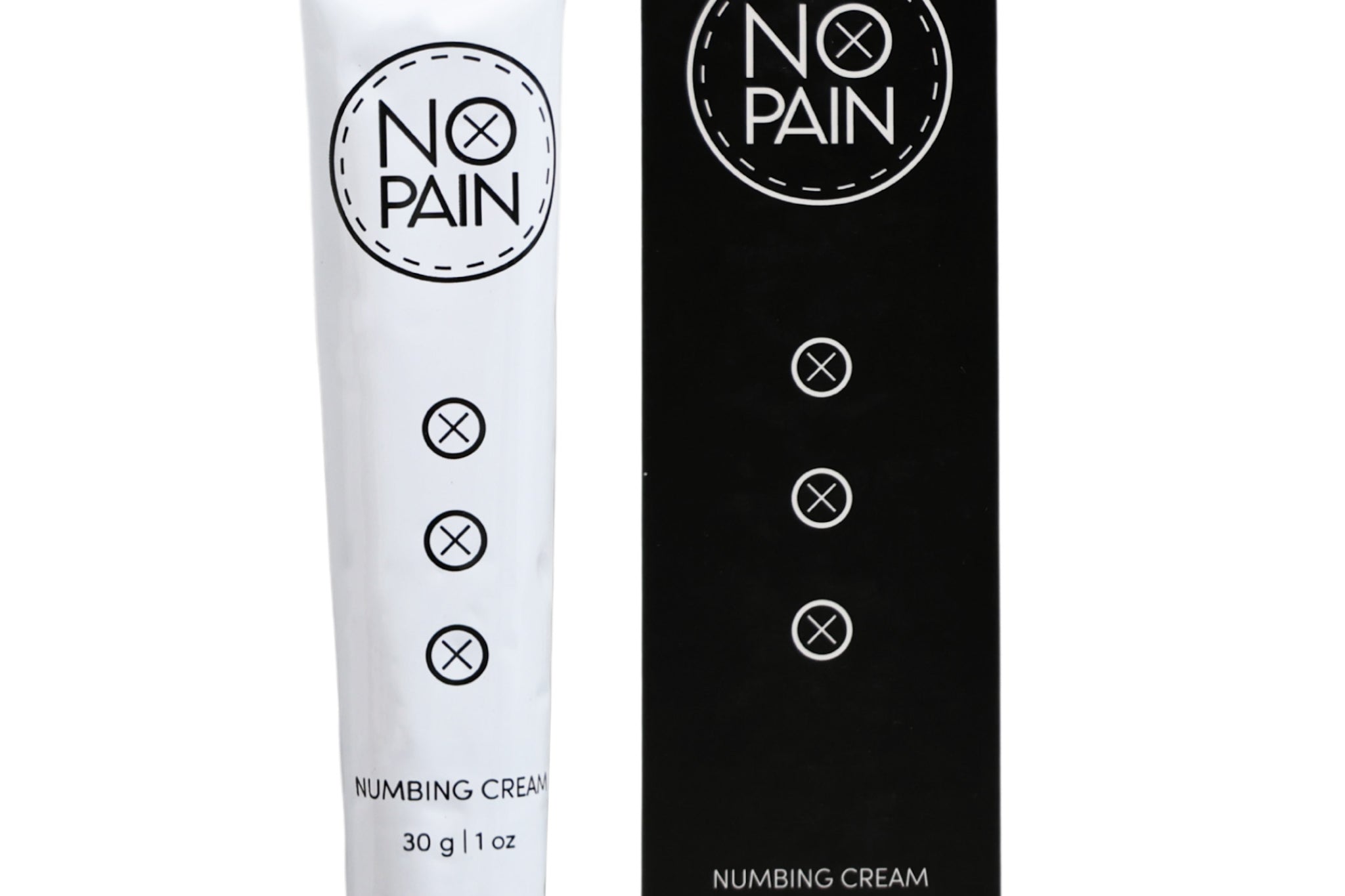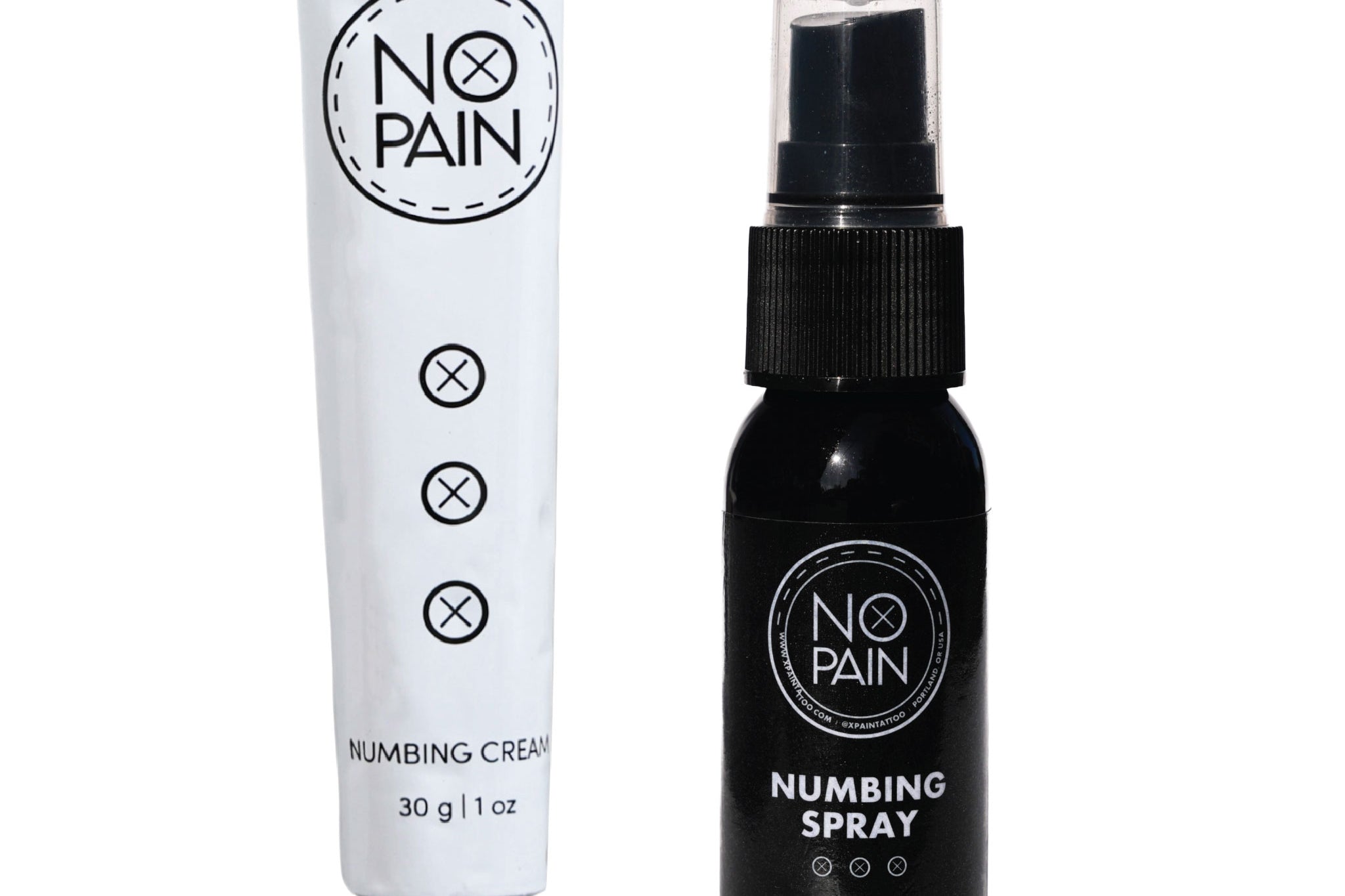The session is over, your incredible new art is finished, and the very last thing your artist does is apply a clean bandage. You walk out of the studio feeling amazing, but a crucial question is already on your mind: "How long should I leave my new tattoo wrapped?"
This isn't a minor detail—it's one of the most critical steps in the entire aftercare process. Getting the timing right for removing that initial bandage sets the stage for a smooth, clean, and infection-free heal.
The answer depends entirely on the type of bandage your artist used. There are three main methods, each with its own specific timeline and purpose. This is your definitive guide to each one.
Method 1: The Temporary Barrier (Plastic Wrap / Cling Film)
This is the classic, old-school method. The thin, clear plastic wrap is used as a temporary, protective barrier. Its only job is to shield your fresh, open wound from airborne bacteria and friction on your journey home from the studio.
-
The Rule: Remove within 2 to 4 hours.
-
The Reason: Standard plastic wrap is non-breathable. Leaving it on for too long traps heat and moisture against your skin, creating a warm, humid environment that is a perfect breeding ground for bacteria. Do not leave this type of wrap on overnight.
Method 2: The "Overnight" Method (Absorbent Surgical Bandage)
Many artists, especially those with a more traditional approach, will use a sterile, absorbent pad (like a medical or surgical bandage) taped securely over the tattoo. This method is designed for a longer initial wear.
-
The Rule: Leave on overnight, or for approximately 12 hours.
-
The Reason: This method has two key benefits. It protects your tattoo from sticking to your bedsheets, and it allows the tattoo to go through its heaviest weeping phase in a protected environment. As veteran tattooer Craig Brown explains:
"I generally say overnight because I feel like if you allow yourself to sleep in the bandage you prevent your new tattoo from sticking to sheets or adhering to something that you're sleeping in like a T shirt, and you end up getting a much better heel out of it. Your tattoo is getting 12 hours or potentially more to be able to weep out excess fluids. And by the time you take the bandage off and wash it in the morning, then it's pretty much done doing what it needs to do."
— Craig Brown, @craigbrowntattoo, owner of @historictattoo
Method 3: The "Second Skin" Method (Adhesive Medical Film)
Many artists now use a medical-grade, breathable, and waterproof adhesive film (popularly known by brand names like Saniderm). These are designed for extended wear.
-
The Rule: The first piece is typically left on for 24 hours. After removing and washing, a second piece is often applied and left on for an additional 4-6 days.
-
The Reason: This bandage is breathable, so it doesn't carry the same risks as plastic wrap. It works by trapping your body's healing plasma (the "ink sac") against the wound, which can accelerate the initial healing phase.
The Most Important Step: The First Wash
Regardless of which bandage you had, the moment you remove it, you must perform the most important wash your tattoo will ever get.
-
The Goal: You must gently but thoroughly clean away all the dried plasma, blood, and excess ink to prevent thick scabs from forming.
-
The Best Tool: For this crucial first wash, you need a gentle, antimicrobial cleanser. Our No Pain Tattoo Cleansing Foam is specifically designed for this moment, cleaning the tender skin effectively without causing irritation.
After the Wrap: Your Healing Journey Begins
Once the bandage is off for good, your long-term aftercare routine begins.
-
For the First Few Days: Your skin will be sensitive. This is the perfect time for our No Pain Tattoo Soothing Gel to calm irritation and redness.
-
For Ongoing Moisture: As your tattoo moves into the peeling stage, our No Pain Tattoo Aftercare Balm will prevent heavy scabbing and ensure your ink heals vibrantly.
The Verdict: The most important rule is to always listen to the specific instructions given to you by your tattoo artist. They know their process and what works best for their work. Getting the timing of that first bandage removal right is the first and most important step in a successful aftercare journey.



